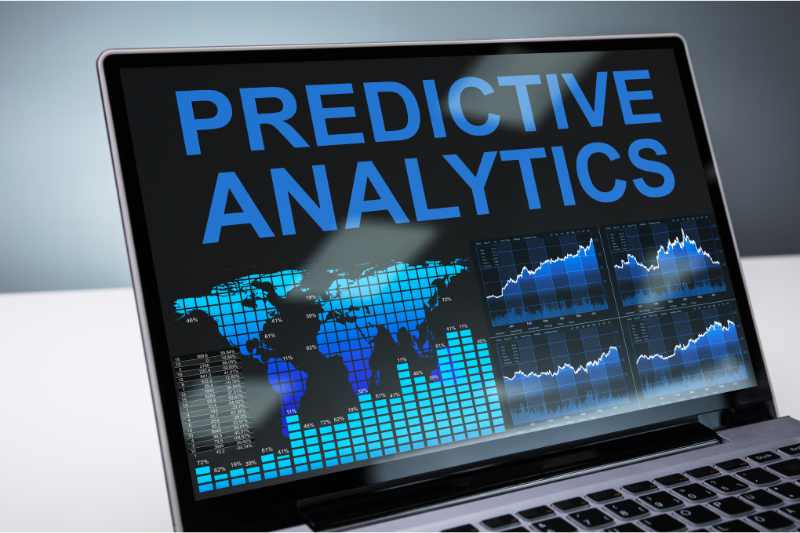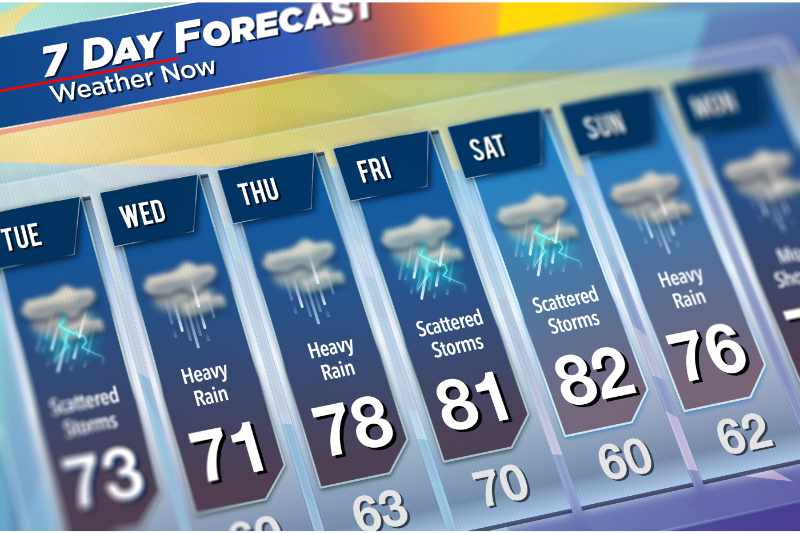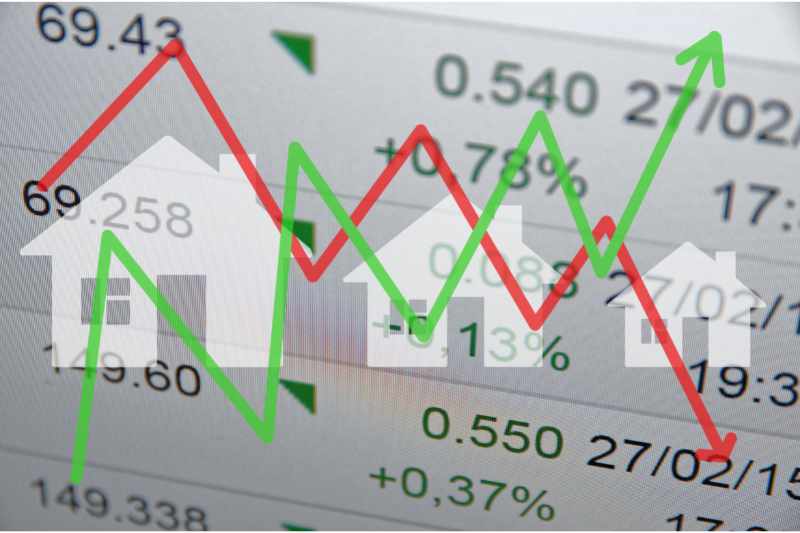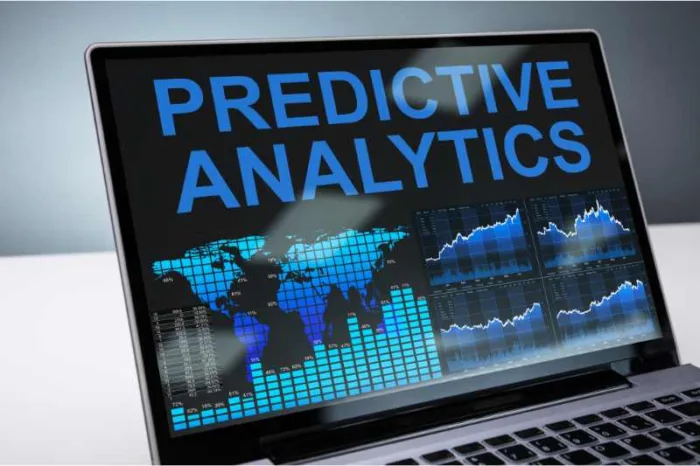Key takeaways
- Predictive analytics uses data to make informed decisions.
- In real estate, predictive analytics are used to judge the worthiness of investments including when, where, and how to best invest.
- If you like to be hands-off, there are many companies available to perform predictive analytics for you and your investment.
- The steps of predictive analytics are to describe, diagnose, predict, and prescribe.

Disclaimer: This content is for informational purposes only, you should not construe any such information as legal, tax, investment, financial, or other advice. Nothing contained on our site constitutes a solicitation, recommendation, endorsement, or offer by ButterflyMX or any third-party service provider. ButterflyMX is not a financial adviser. You should always seek independent legal, financial, taxation, or other advice from a licensed professional.
Real estate investing is more complex than it may seem. Out of the many tools and strategies that can make investing easier, predictive analytics in real estate involves a method that combines factual information with deductive reasoning.
While a name like “predictive analytics” can sound super technical and intimidating, the metrics this strategy provides are pretty easy to understand. Successful real estate investing is often surmised as knowing as much as possible in order to make a safe investment, and predictive analytics in real estate helps you realize that.
In this guide, we’ll cover how to use data analytics in real estate. Next, we’ll cover some real estate analytics use cases. Finally, we’ll explore the 4 steps in predictive analytics.
This post covers:
- What are predictive analytics?
- How are predictive analytics used in real estate?
- The 4 steps in predictive analytics
What are predictive analytics?
Predictive analytics involves using data about the past to make informed decisions or “predictions” about the future.
Modern predictive analytics includes the use of:
- Machine learning
- Archival records
- Data mining
- Current and historical statistics
Predictive analytics can be used in nearly any circumstance that involves some form of planning, with real estate investing being chief among them.
What are examples of predictive analytics?
While we will dive into predictive analytics for property investments below, in general, predictive analytics are applied in many different industries.
Predictive analytics is used in:
- Sports. In professional sports, player performances are measured using predictive analytics to measure their value to the team.
Insurance. Insurance companies use analytical data to provide coverage to individuals, properties, and businesses. - Healthcare. The health industry makes use of analytical data for diagnosing and treating illnesses.
- Marketing. Professionals in the marketing world use a wealth of analytical data to determine how to reach consumers and sell products and services.
- Weather. Yes, even weather forecasting utilizes predictive analytics.

How are predictive analytics used in real estate?
Real estate market data analysis has a number of different uses when investing.
Predictive analytics in real estate are used to:
- Predict housing trends.
- Determine locations that are soon to be in demand for multifamily and commercial properties.
- Configure the long-term ROI (return on investment) of investment properties.
- Calculate the right time to buy or sell a property.
- Reevaluate real estate.
Real estate analytics can be accessed by investors from all different experience levels. Predictive analytics provide as much factual data as possible to draw from when making an investment decision. However, nothing is certain when making investments, and no risk can ever be set to 0%.
Learn how to invest in multifamily real estate:
What companies provide predictive analytics in real estate?
Configuring predictive analytics when investing in all types of real estate by yourself is intimidating (although, it’s not as hard as it sounds). Luckily, there are real estate data analytics companies and real estate analytics tools that can help you with all of this data crunching.
Some predictive analytics companies you may want to check out include:
- Pricehubble provides digital real estate software that analyzes the expected value of an investment.
- Reevaluate uses deep-learning algorithms to determine how useful a real estate agent’s contacts are. This company helps determine which real estate professionals have the most potential to provide impactful leads and opportunities.
- Trepp not only evaluates the efficiency of real estate investments but also provides tools to help manage and improve investments.
The 4 steps in predictive analytics
The four steps in predictive analytics in real estate are almost always applied in the order that we have them listed below. Some of these steps will provide more value for you and your unique investment than others. All four steps come together to provide a complete analytical examination of an investment.
The 4 steps in predictive analytics are:
1. Describe
The first step of predictive analytics is the most important. This can also be known as “what happened” or “what is happening.”
When applied to predictive analytics in real estate, this involves studying the past. The 4 stages of the real estate cycle, for example, are worth becoming intimately familiar with when making decisions.
Market data in real estate readily shows the effects that a recession (when the market essentially shuts down) or the expansion stage (when development is booming) of the real estate cycle can have on the market. This data can give you insight into what to do depending on which phase of the cycle the market is currently in.
This method can also be used to look at your investment’s local history. Research can include the value of other homes in the neighborhood and the appeal of similar investments such as the one you’re interested in.
For example, when purchasing a multifamily beach house that you hope to rent out in the summer, you can research when the busy season starts and ends for that neighborhood, as well as the occupancy rate of similar properties in the area.
2. Diagnose
The second step of predictive analytics in real estate is to determine “why” something happened or is happening.
For example, did properties in the neighborhood that you’re hoping to invest in perform badly because of the recession or because the area is fundamentally undesirable? Knowing historical data is only as useful as your ability to calculate why it happened to begin with.
Remember, there’s often more than one answer as to why an investment performed a certain way. You should never be satisfied with a single, conclusive explanation. Rather, you should consider multiple explanations, such as the possibility that a recession and the shutdown of a major transportation hub contributed to the decrease in property values.
3. Predict
The third step of predictive analytics can be summed up as “what will likely happen next?”
This is where you step into uncertain territory. The past can be examined with a lot of certainties. But the future has a number of dynamic variables. So, this step requires an understanding of statistics in addition to large quantities of historical and current data.
To summarize this step more plainly, you need to study current events just as much as you study the past. Topical trends, polls, and charts are what you should be looking at. It’s impossible to gather all of the necessary data that you need yourself, so you should look at estimates from reliable sources.
Determining how a source is reliable is an entirely different can of worms, but it’s best to stick with sources that are trusted by successful investors.
If making predictions based on others’ predictions seems sketchy, that’s because it is. The predict step of predictive analytics is often where analytics companies come in handy. This is because they have software and programming that can crunch data to give you the best estimate.

4. Prescribe
The fourth step of predictive analytics is, in theory, easy. You take all of the information that you’ve learned during the previous steps and make an educated decision.
One of the most important takeaways from the prescribed step is to take as much time as possible when analyzing all of the data you’ve gathered. Make sure you start early in the investment process to give yourself ample time to review all of the predictive analytics you’ve gathered.







